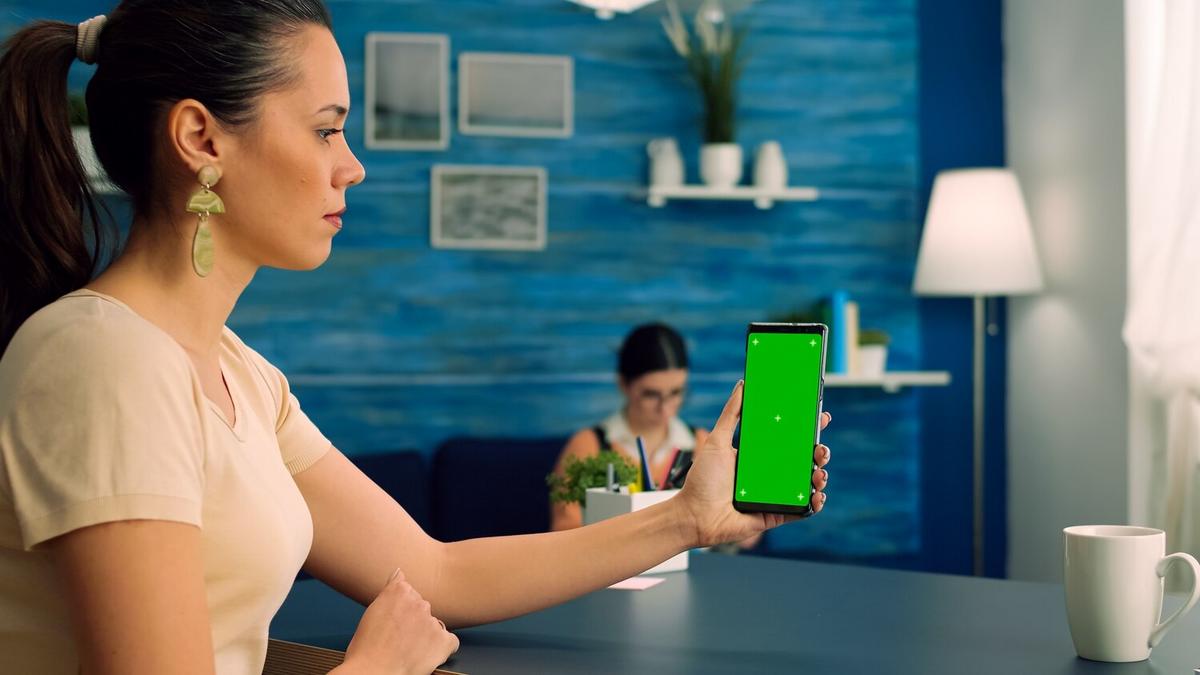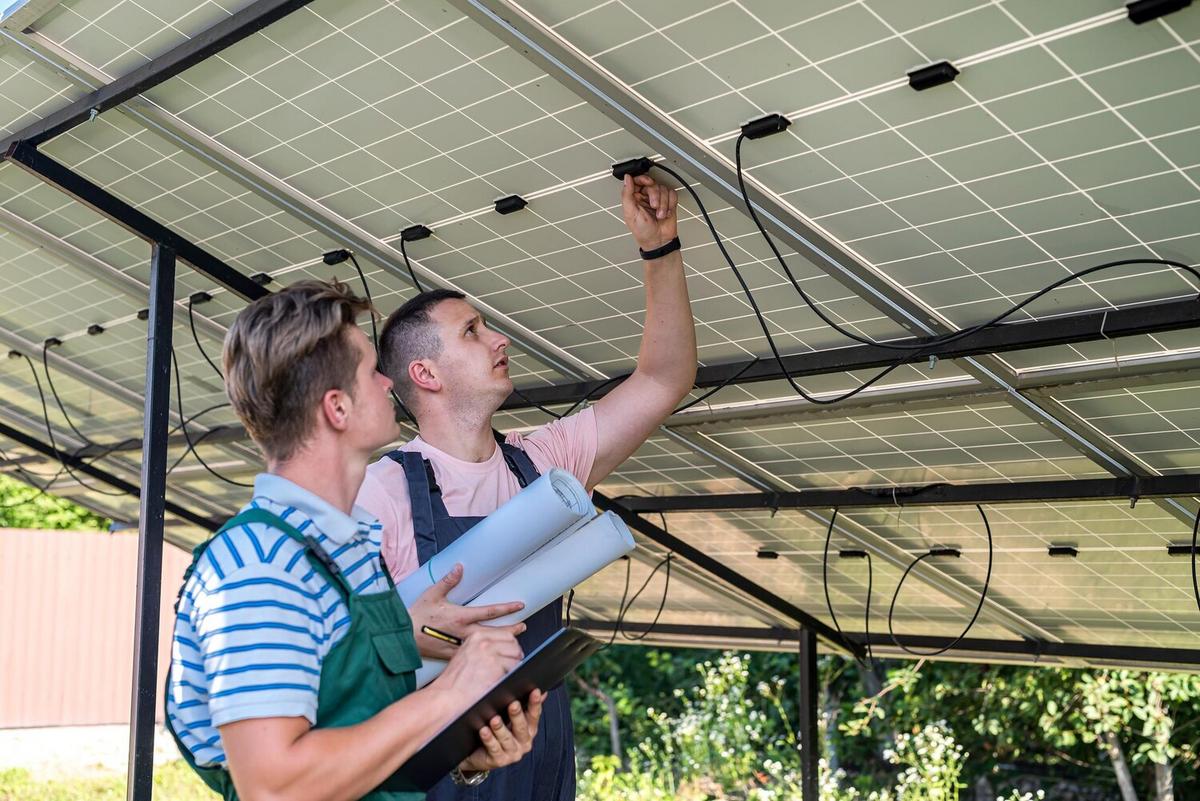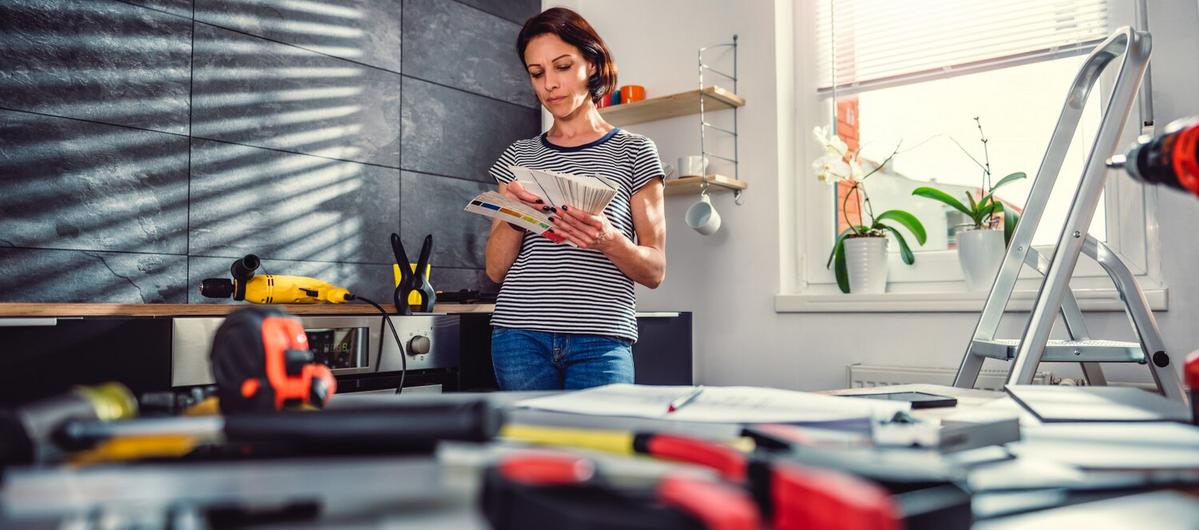As our understanding of sustainability deepens, the concept of a smart, sustainable home emerges as a harmonious blend of technology and eco-conscious living. This fusion not only reduces environmental impact but also enhances the quality of life, creating homes that are efficient, comfortable, and respectful of the planet.
Building a smart sustainable home involves integrating intelligent systems with sustainable practices. This approach is gaining traction as homeowners seek ways to minimize their carbon footprint while maximizing home efficiency. According to a study by the International Energy Agency, buildings account for nearly 40% of global energy consumption, highlighting the potential impact of sustainable home design.
Understanding Smart Home Technology
Smart home technology includes devices and systems that automate tasks and provide remote control capabilities. Experts suggest starting with a smart thermostat, which can reduce energy consumption by up to 10%. A home automation system can further enhance energy efficiency by managing lighting, heating, and cooling systems based on real-time usage patterns.
“A smart home can be a powerful tool in reducing energy waste,” says Dr. Lisa Thompson, an environmental technology expert. “By automating and optimizing energy use, homeowners can significantly lower their bills and environmental impact.”
Sustainable Building Materials
Choosing the right materials is crucial for a sustainable home. Opt for materials like bamboo, recycled steel, or reclaimed wood, which have a lower environmental impact. Additionally, consider insulation materials that improve energy efficiency, such as cellulose or mineral wool.
Energy-Efficient Appliances
Investing in energy-efficient appliances is another step toward sustainability. Look for appliances with high energy ratings, which indicate reduced energy consumption. This not only lowers your energy bills but also contributes to a greener planet.
Water Conservation Solutions
Implementing water-saving technologies can significantly reduce water usage. Low-flow faucets, dual-flush toilets, and rainwater harvesting systems are effective measures. These solutions not only conserve water but also save money on utility bills.
Personal Anecdotes and Examples
Emily, a homeowner in Oregon, shares her experience: “Installing a smart irrigation system transformed my gardening routine. It automatically adjusts watering schedules based on weather forecasts, saving me time and reducing water waste.”
Actionable Tips for Building Your Smart Sustainable Home
- Start with energy audits to identify areas for improvement.
- Incorporate renewable energy sources like solar panels.
- Use smart meters to monitor and manage home energy consumption.
- Choose eco-friendly paints and finishes to improve indoor air quality.
Consider working with a certified green building professional to ensure your home meets sustainability standards and maximizes energy efficiency.
Comparison of Smart Home Devices
| Device | Function | Energy Savings |
|---|---|---|
| Smart Thermostat | Automates heating and cooling | Up to 10% |
| Smart Lighting | Adjusts brightness and color | Up to 75% |
| Smart Plugs | Controls power to devices | Varies |
| Smart Blinds | Regulates natural light | Up to 20% |
| Smart Irrigation | Optimizes water use | Up to 30% |
| Smart Appliances | Energy-efficient operation | Varies |
| Smart Security | Remote monitoring | Indirect savings |
| Smart Meters | Tracks energy usage | Varies |
Frequently Asked Questions
How can I start building a smart sustainable home?
Begin by assessing your current energy usage and identifying areas for improvement. Consider integrating smart technology and choosing sustainable building materials.
Are smart homes expensive to maintain?
While the initial investment may be higher, smart homes can lead to significant savings in energy and water bills over time, making them cost-effective in the long run.
What are the benefits of using smart home technology?
Smart home technology offers convenience, energy efficiency, and enhanced security, contributing to overall sustainability and quality of life.
In conclusion, building a smart sustainable home is an investment in both the future and the present. By incorporating smart technology and sustainable practices, you can create a home that is not only efficient and comfortable but also environmentally responsible. Take the first step today and embrace the journey toward a smarter, greener home.




Leave a Reply